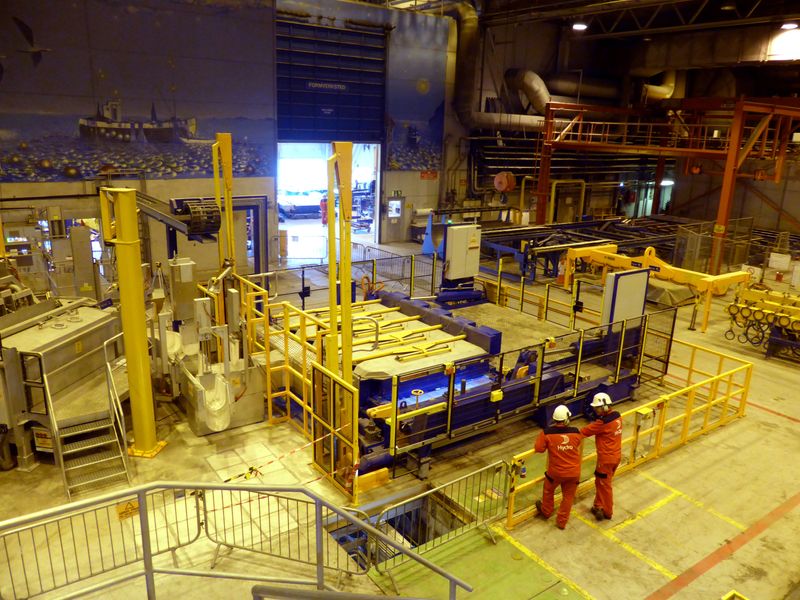By Victoria Klesty
OSLO (Reuters) -Norwegian aluminium maker Hydro said on Wednesday it had raised its long-term cost cutting and profit targets, but rising capital expenditure and a disappointing dividend outlook still weighed on the group's share price.
Hydro in a strategy update said it was "shifting gears", raising its earnings goals for key units as it seeks to benefit from growing demand for metals made from low-emission production.
"Towards 2030 we are stepping up growth ambitions in extrusions, recycling and renewable power generation aimed at capturing market opportunities emerging from the green transition," CEO Hilde Merete Aasheim said in a statement.
The group, which recently secured a cash boost from a renewables venture with Macquarie Asset Management, forecast a "greener earnings uplift" of 2 billion Norwegian crowns ($188 million) per year by 2030.
Shares in Hydro were down 1.4% at 1044 GMT, underperforming a 0.1% drop in the Oslo benchmark index, and are down 14% year-to-date.
Hydro now sees annual capex in 2024-2028 of 15 billion crowns, up from 12.5 billion forecast a year ago for 2024-2026, and plans to hand 50%-60% of 2023 profit to owners in dividends and share buybacks, compared to a 62% cash dividend for 2022.
Analysts at JPMorgan (NYSE:JPM) in a note to clients said that although the higher long-term profit targets were positive, the 2024-2028 capex guidance was modestly higher than expected and the 2023 shareholder returns guidance below consensus.
The extrusions business, which turns slabs of aluminium into car parts and other products, will aim for earnings before interest, tax, depreciation and amortisation (EBITDA) of between 10 billion and 12 billion crowns in 2030, up from 7 billion in 2022, Hydro said.
The company now plans to reach annual cost reductions of 14 billion Norwegian crowns in 2030, compared to its previous target of cutting 11 billion crowns by 2027.
Hydro also lifted its so-called commercial ambition from sales of low-emitting products to 6.1 billion per year by the end of this decade, up from a goal set last year of 3 billion annually by 2027.

Aluminium for electric cars, refurbished electricity networks and solar panels will alone boost demand for the light-weight metal by some 15 million tonnes globally by 2030, Hydro estimated.
($1 = 10.6124 Norwegian crowns)